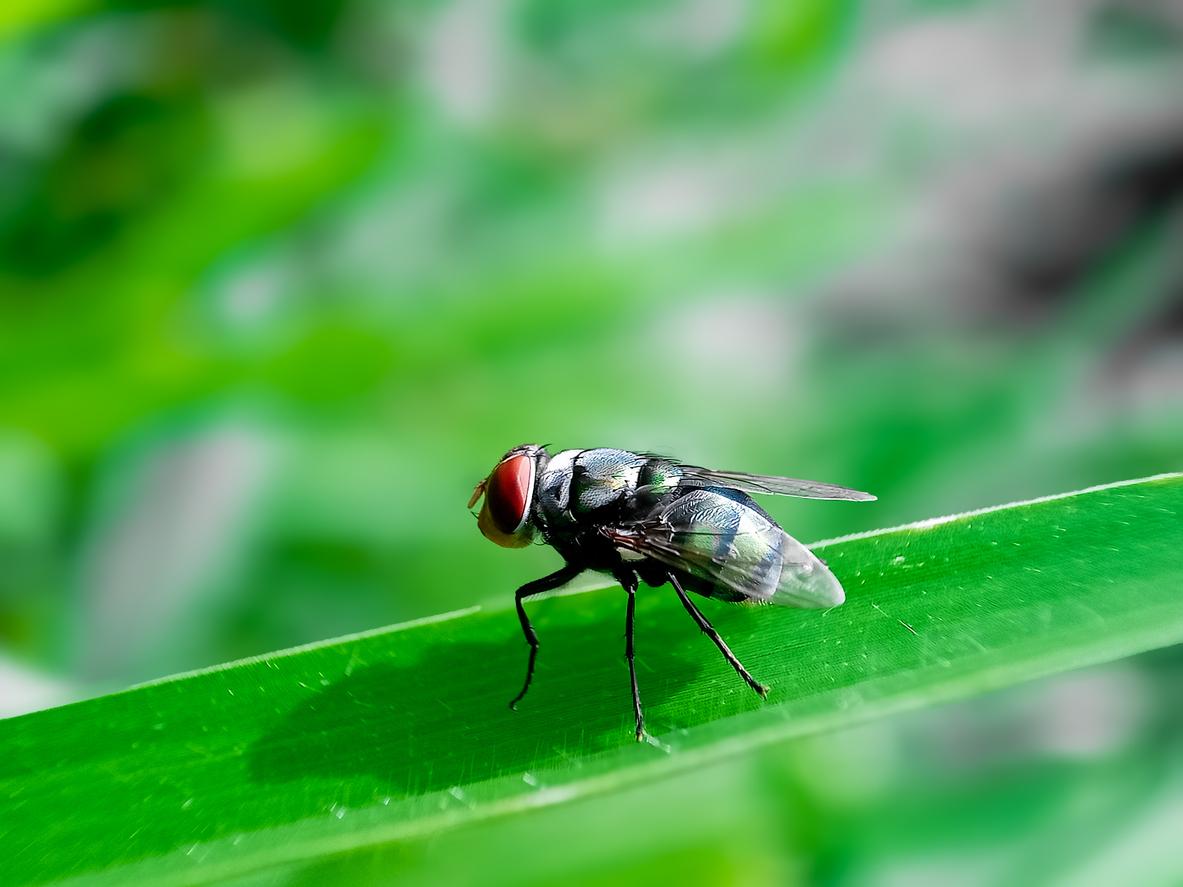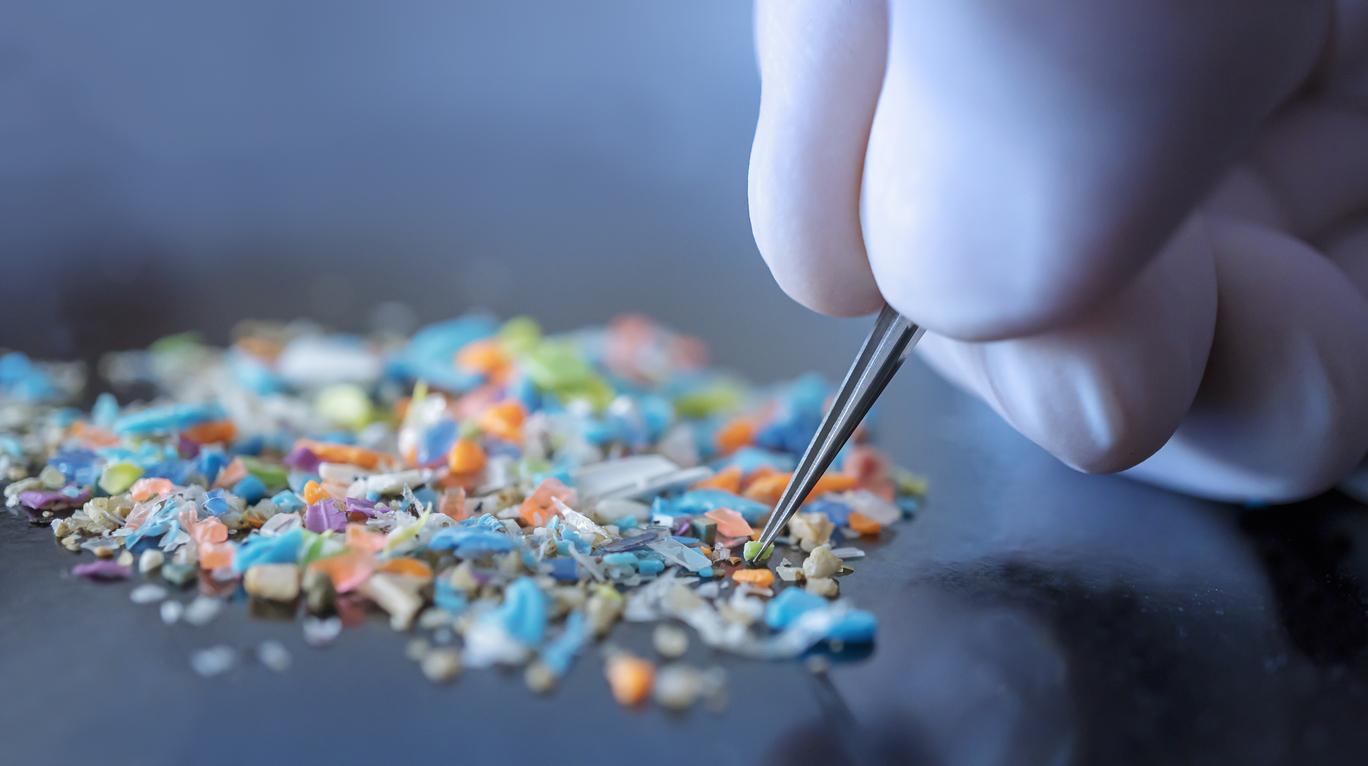Bilharzia, also called schistosomiasis, is a parasitic disease caused by a hematophagous worm, Schistosoma haemotobium. Since 2014, this parasite has settled in Corsica in a river. He exposes there to serious urinary and genital risks.

Technically, Corsica is still not safe from an epidemic of bilharzia, a parasitic infection caused by a worm, Schistosoma haemotobium, which had been introduced there by a sick person.
“An outbreak had emerged in Portugal like that in 1925 and it took 50 years to die out. We are not in the same configuration, of course and we have much more efficient public health tools than at that time. , but we must remain vigilant “, reminds the Figaro Jérôme Boissier, professor at the University of Perpignan Via Domitia.
Urinary and genital lesions
Bilharzia, also called schistosomiasis, is a parasitic disease caused by a hematophagous worm: Schistosoma haematobium. Its larvae first enter the pores of the skin, then, after a complete circuit in the body, reach the blood vessels that line the walls of the bladder. There, they grow there, reproduce and lay their eggs, which eventually end up in the urine. It is the accumulation of schistosomia eggs at the urinary and genital level that causes the complications.
Chronic disease associated with the passage of larvae and the accumulation of eggs in the urine can cause abdominal pain, cough, diarrhea, fever, fatigue, enlargement of the liver and spleen. , genital lesions (testes, penis, scrotum), skin symptoms (itching, dermatitis), cystitis, pulmonary arterial hypertension or central nervous system lesions. Mainly, through chronic inflammation, urogenital schistosomiasis can lead to bladder cancer and genital lesions in men and women which can lead to pain during intercourse and to troubles.
120 cases of infection
Normally, this parasitic infection affects Africa (85% of cases), South America and Asia. But in 2014, Corsica was affected by an epidemic, due to the contamination of the Cavu and Solenzara rivers, a river which still remains under surveillance. At least 120 cases of infection have since been identified, including one in 2016.
“We have not identified the source patient. On the other hand, we can affirm that it was indeed (imported and) disseminated by an infected person having urinated in water, all the patients declared having also bathed in a particular area of Cavu, a river in southern Corsica very popular with tourists “, explains Professor Guillaume Mitta, director of the” Host-pathogen-environment interactions “laboratory.
The parasite then found its host in the river, in the form of a mollusk, which allowed it to stay there. “The parasite then made an encounter with freshwater mollusks, the bulins, in an aqueous medium, which are necessary for its multiplication and development,” he continues.
Second parasitic disease in the world
Bilharzia is the second parasitic disease in the world, behind malaria. There are 4 forms in humans. It would affect around 300 million people. Easy to treat when diagnosed early, this tropical disease still kills between 200,000 and 250,000 each year.

.















